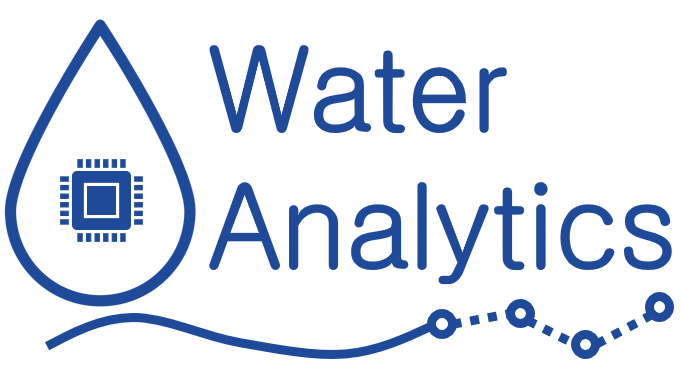
Creation of new knowledge/technology: new knowledge will be created through research to improve the efficiency of water distribution. New methodologies will be developed and implemented as “Smart Water Apps”. Traditionally, low TRL state-of-the-art research results are not demonstrated in real environments. WaterAnalytics investigates these methodologies and their translation as software modules based on specific standards.
Radical new application of an existing technology: Application of certain state-of-the-art technologies in Big-Data, Machine Learning, Internet-of-Things and Low-Power Wide-Area Network, for the design of low-cost smart water platform which can be integrated into any water distribution system. The back-end system uses a RESTful API and open standards, to facilitate the integration of the platform with other platforms, thus supporting the creation of ecosystems of services.
Acquisition of new knowledge and skills: WaterAnalytics develops a “Smart Water” solution which is applicable to different water providers, including small utilities, municipalities, villages, blocks of houses, etc. Furthermore, the WaterAnalytics platform will facilitate researchers to embedding their results in real industrial products, by giving them the option to license their IPR.
Development of new conc epts, approaches and solutions: external researchers and companies can use WaterAnalytics APIs to retrieve data and create new business models offering additional services to the water providers. Successful application of WaterAnalytics will have a benefit towards the quality of life, through reducing water losses, reduction of energy usage, reduction of greenhouse gas emissions, and much more.
Improvement of the business environment and competitiveness: PHOEBE will be able to serve a set of customers who typically do not have access to smart water technologies.
